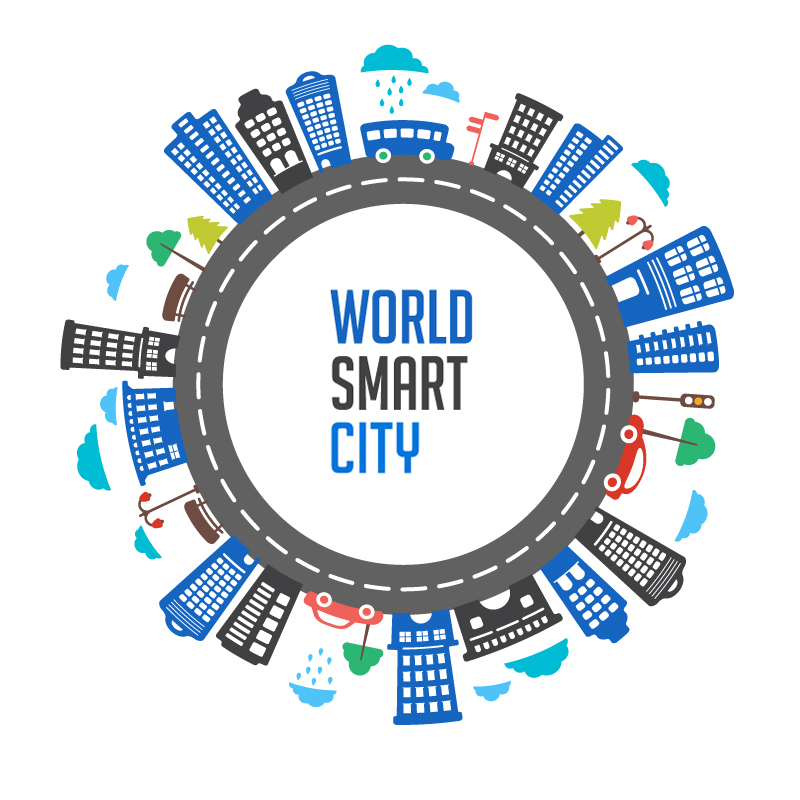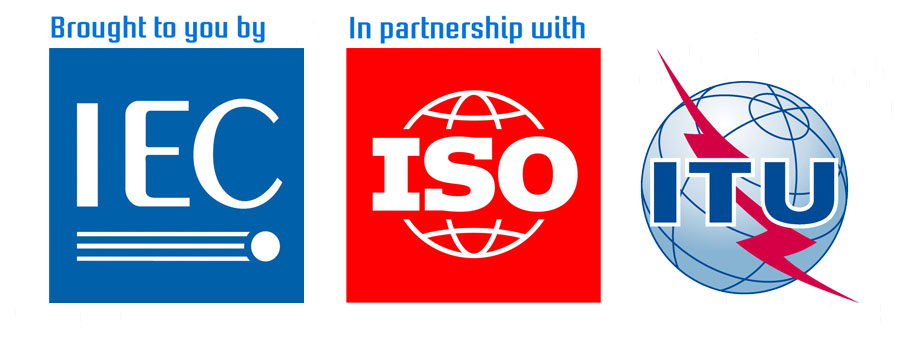Tagged: ICT, iot, smart cities, Smart Infrastructure
This topic contains 1 reply, has 2 voices, and was last updated by ![]() Sylwia Korsak 6 months ago.
Sylwia Korsak 6 months ago.
-
AuthorPosts
-
April 5, 2016 at 7:18 pm #4686
IoT in Smart Cities: Homogeneous Communication Architecture Imperative for the Heterogeneous Environment
The extensive work done by various global SDOs has very comprehensively defined the framework & roadmap for future ICT Infrastructure. However, the new paradigm of “Internet of Things” has given rise to a new aspect of the way human, machines and things are going to communicate with each other in the very near future.
This note comprehensively summarizes the problems being caused by lack of Standardized, Harmonized and Unified ICT Infrastructure, which is the backbone of any Infrastructure being deployed in any Smart, Sustainable & Secure city, district, nation, or any earmarked geographical territory.
It emphasizes the need for a Unified Solution approach along with Architecture and Protocols derived from, and based on ONLY the open standards developed or being developed by the global SDOs to achieve the similar goals to address the upcoming paradigm of Internet of Things. The interoperability required under this approach is comprehensive, including but not limited to ‘Semantic’ as well as ‘Syntactic’ interoperability.
Background:
The imperatives of building a sustainable and secure planet have given rise to new paradigms like green movement, DC power, renewables, microgrids, networking devices, network & cyber security, smart homes, smart buildings, smart grids and smart cities. All these shifting and rising paradigms are ultimately converging into the new & much larger paradigm of ‘unified and secure’ Smart Infrastructure.
Internet of Things is all about “heterogeneous” and “aware” devices interacting to simplify people’s life in some way or the other. The Heterogeneity of the IoT paradigm has made it imperative to have a fresh look on the prevalent architectures & frameworks of the ICT Infrastructure being deployed or being developed.
The IoT value chain is perhaps the most diverse and complicated value chain of any industry or consortium that exists in the world. In fact, the gold rush to IoT is so pervasive that if you combine much of the value chain of most industry trade associations, standards bodies, the ecosystem partners of trade associations and standards bodies, and then add in the different technology providers feeding those industries, you get close to understanding the scope of the task. In this absolutely heterogeneous scenario, coming up with common harmonized standards is a major hurdle.
The Rationale:
⇨ Smart cities development & deployments announced without any groundwork on preparedness of the stakeholders and the ecosystem…
⇨ In a smart city, multiple utilities are going to leverage and deploy similar technologies & solutions to improve the operational efficiency
⇨ The technological trends in “smart Homes”, “Smart Buildings”, “Smart Grid” “Smart Water” “Smart Transport” and “Smart Cities” are being considered and pursued in isolation from each other, by the respective stakeholders. This is in spite of the fact that they form a very tightly interwoven and homogenous confluence of similar technologies being applied in different domains for a common cause of making our planet earth “smart-n-green”.
⇨ There is no common framework and architecture defined for the various physical infrastructures to be deployed in the proposed smart cities to work in an integrated, harmonized and optimized manner…
⇨ Since, there is NO standardization or Harmonization groundwork undertaken to cater to the physical infrastructure’s comprehensive and heterogeneous needs of the smart cities, most of the systems & solutions deployed shall have to be procured which are based on respective vendors’ proprietary technologies with limited or NO interoperability with system/solution components from other vendors.
⇨ Each city shall always be dependent on the respective vendors throughout the lifecycle of such systems/solutions for their Operation & Maintenance, and more so for their up gradation…
⇨ Lack of harmonized standards in the respective “SILO” ecosystems of the Smart Infrastructure shall ensure that the smart nodes of one network cannot talk to smart nodes of the other networks.
⇨ Thus, Data sharing amongst the multiple stakeholders of a smart city shall be a major challenge.
⇨ In fact, there is a recursive cycle to the data in a Smart City. Information that is generated, is information that is consumed, which in turn adds to the information generated, which becomes information used again.
The Imperative:
⇨ All sectors in the infrastructure framework are influenced by the unified ICT backbone paradigm.
⇨ However, a common infrastructure pool enables the creation of a interconnected and truly homogenous system with seamless communication between services.
⇨ Coordination, collaboration and harmonization can be better implemented by the effective use of standards based open, common and shareable, information and communication technologies.
⇨ The disconnect amongst technological trends being pursued by the stakeholders of the now homogenous smart infrastructure needs to be bridged without any further delay to maintain the Lifecycle Cost or TCO (total cost of ownership) of these individual components within viable economic thresholds.
⇨ In this context, we need to redefine our individual perspectives of smart grid, smart building and smart cities.
⇨ Now, they have to work in close harmony with each other to fulfill the homogenous functioning of the smart infrastructure in any given geographical territory.
⇨ To optimize the resources and costs, we need to design and deploy an integrated common ICT backbone for all the different components of the smart infrastructure.
⇨ This shall need to be capable of meeting the needs of all the independent (till now) & individual stakeholders’ applications and use cases like smart grid, smart water, smart health, smart transportation, smart street lighting and or smart buildings.
⇨ Integrated Management Centre: At its very foundation, it will integrate with and ingest data from all possible sources, then apply various data models, processes and tools and ensure quality with an aim to provide insight and intelligence on various city resources and services while at the same time establishing a sharing and serving mechanism for all information resources and services in the city. Different sources of information can blend together, in some ways compensating their own deficiencies, enriching the larger information pool and therefore providing the ability to offer services more efficiently.
A systems level approach in design and standardization is likely to not only enable newer and better services, but also allow far greater synergies and cost-effective deployments, reducing the lifecycle (total) cost of ownership of any Infrastructure, be it the electricity, water, a transport, sewage disposal or safety & security in a city, with attendant environmental benefits, including carbon reductions. There is a need to focus on the creation of a secure, standardized and open infrastructure model for the delivery of services. The concept combines standards-based, end-to-end software with a converged smart infrastructure gateway/DCU design with unified Last Mile Communication Protocol & Data Semantics to establish a common, open framework for secured service delivery and management.
Whatever architectures and frameworks we design that provide overseeing guidelines to the stakeholders of respective components and layers of the overall smart infrastructure paradigm; yet it is imperative to work on the finest granularity of each component and layer for standardization, as well as, harmonization, and ensuring the interoperability among various similar components addressing different applications at semantic as well as syntactic levels. Further the standards being adopted for the smart homes or smart buildings deployments must be harmonized with standards in all other relevant ecosystems and integrated smart infrastructure paradigms. There is a need to create and suggest frameworks to achieve the Interoperability among all the devices & layers at every interface in the networks, be it a smart home network, a smart building network, a smart city/community network or the smart grid network that shall enable the stakeholders to prepare a set of detailed standards based specifications to cater to specific/defined/fixed use cases followed by development of a Compliance Testing Framework.
“A ‘box’ (or service gateway) built on such a platform can consolidate boxes from utilities and/or multiple service providers into a single, unified BOX that can support multiple service providers and utilities. In wake of the proliferation of ‘IoT’, a new paradigm of “Fog Computing”, beyond the “Cloud Computing” is evolving rapidly. In this paradigm where the storage and intelligence moves from the “cloud” to the “edge” the standardization, harmonization and the interoperability take a pivotal role for operational efficiency of the “Smart Infrastructure”.- This topic was modified 6 months, 2 weeks ago by narnix. Reason: wrong format
-
April 18, 2016 at 11:07 am #4701
Thank you for sharing your concept, @Narnix.
-
AuthorPosts
You must be logged in to reply to this topic.


